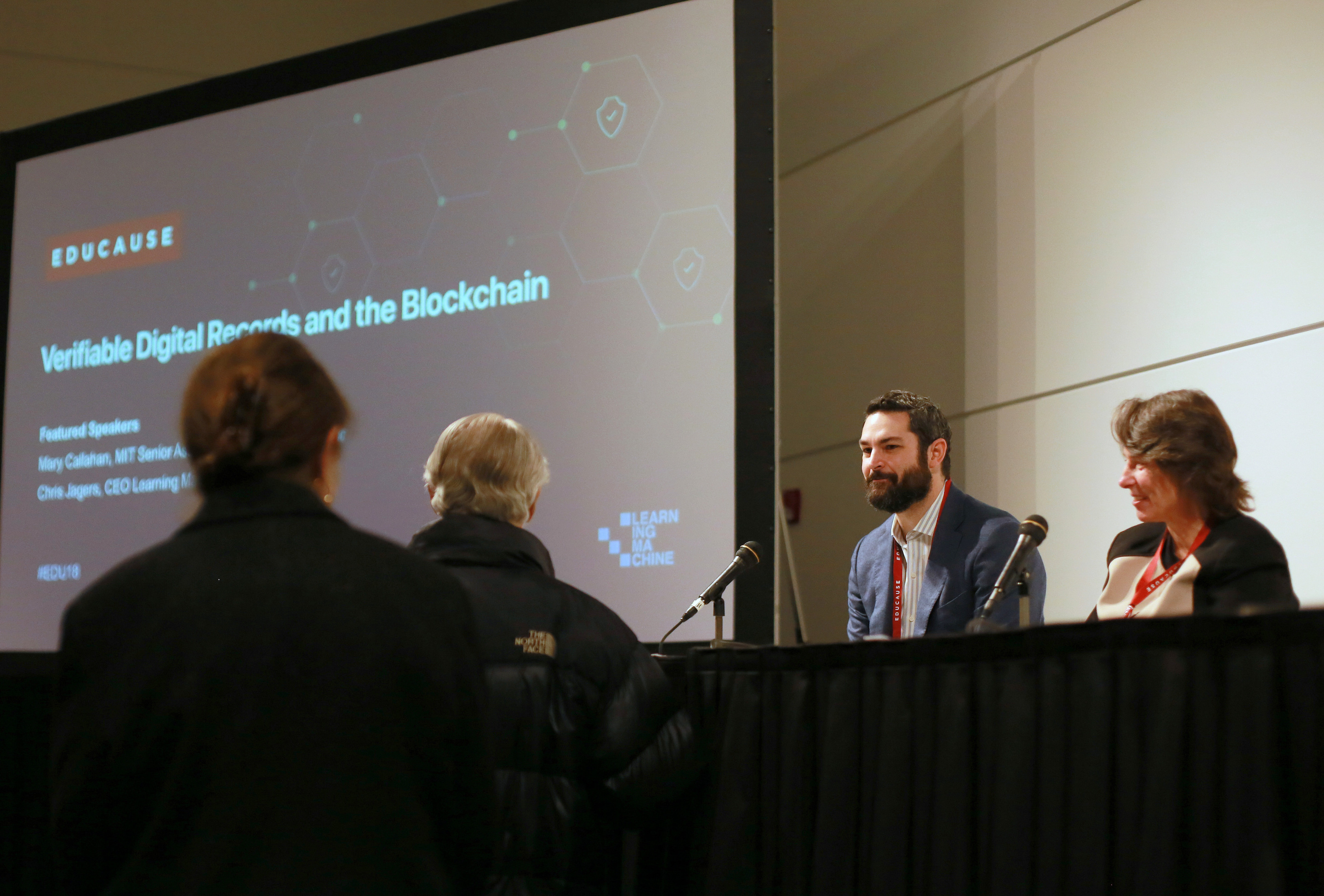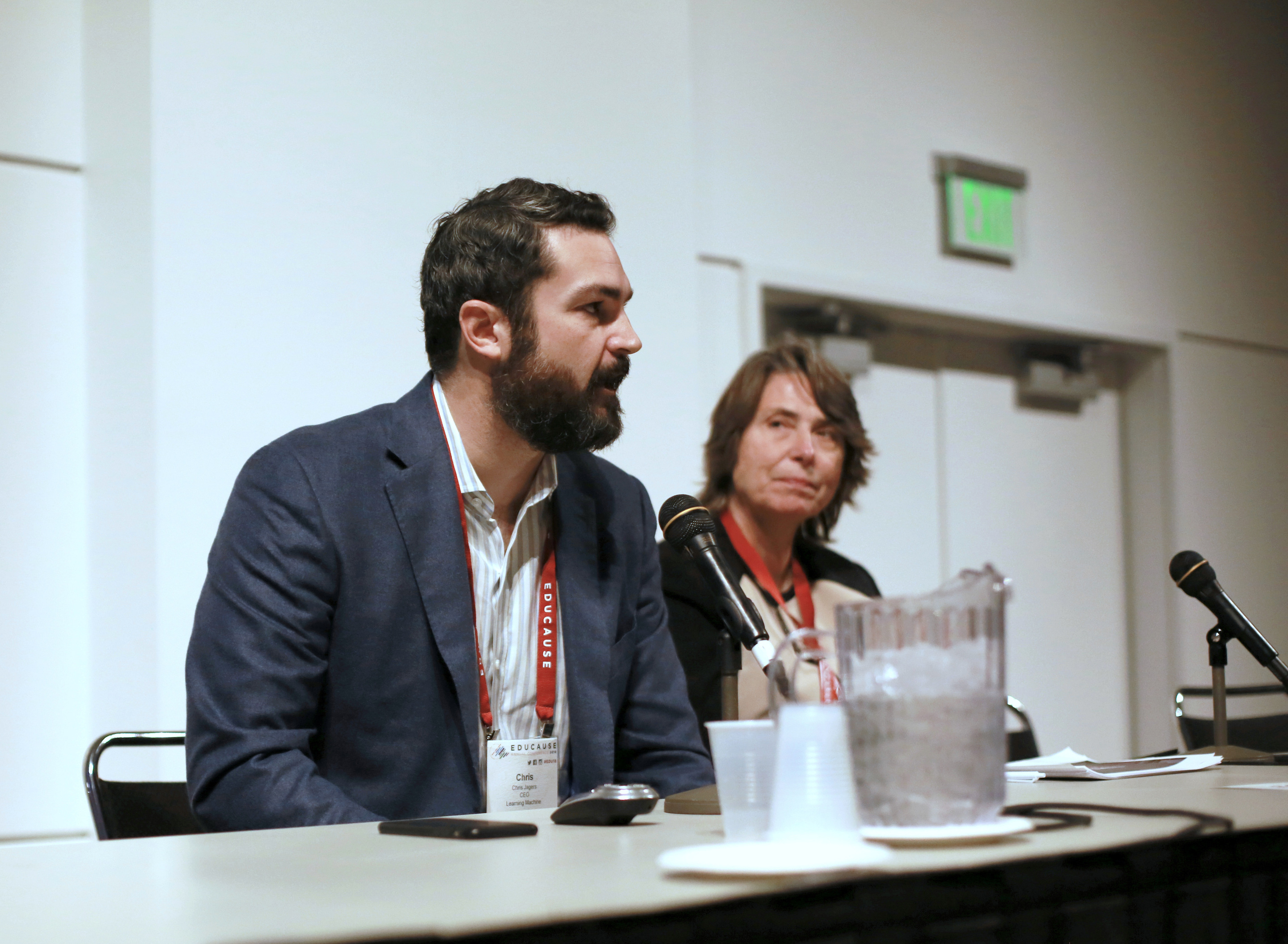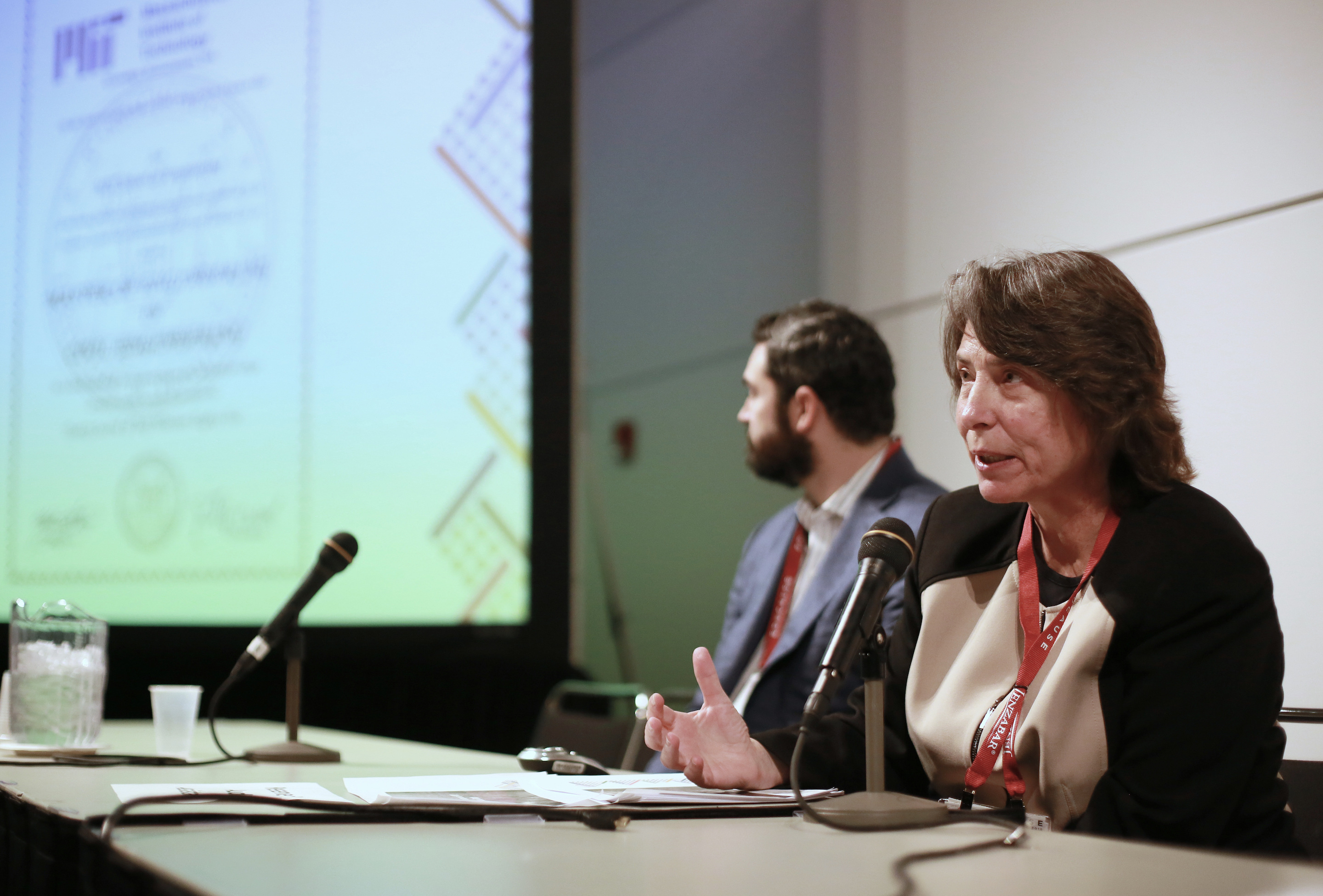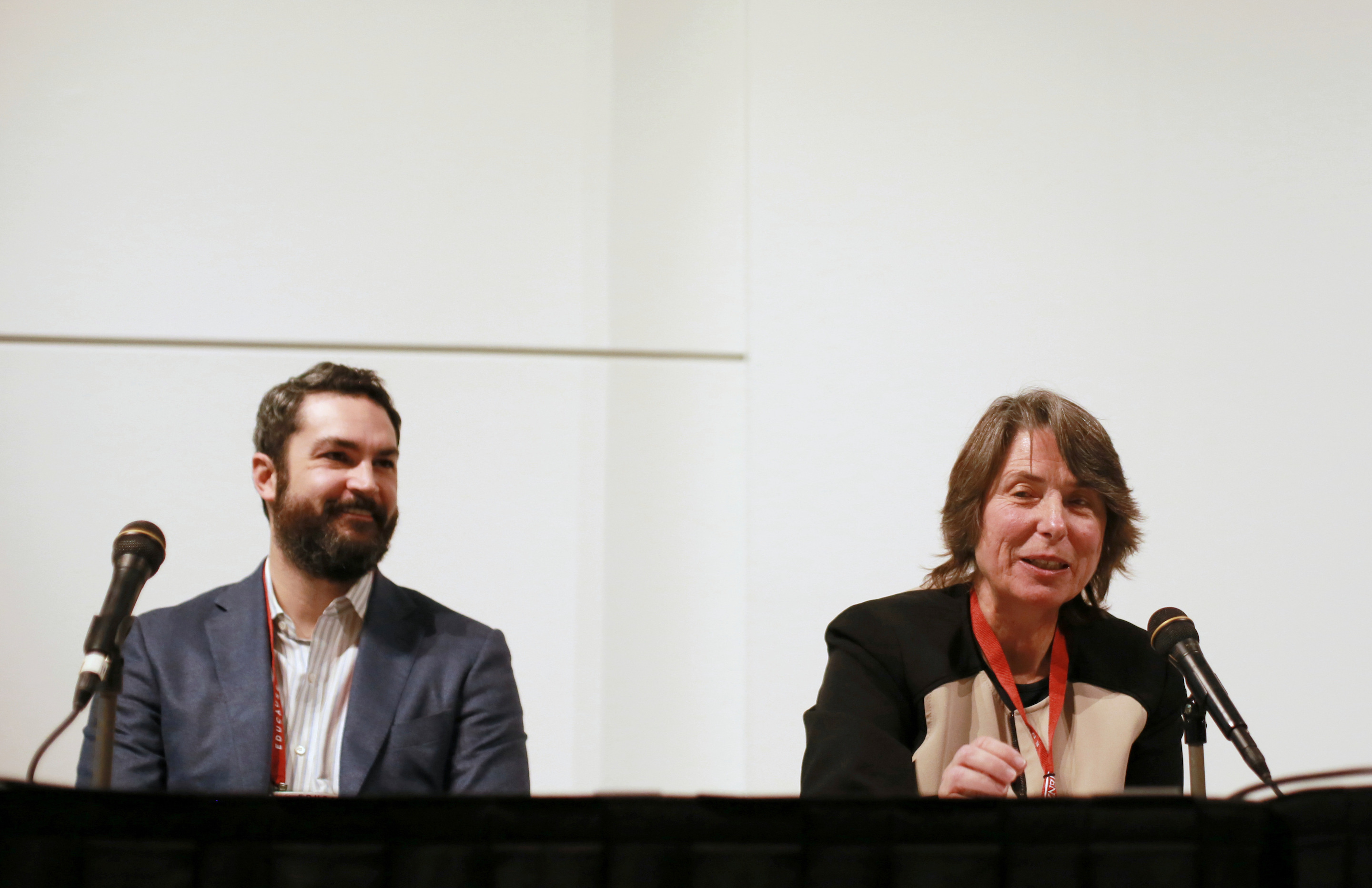Credential (n.)
From the Latin credere: “to believe, trust”
Paper documents have been used throughout history to represent aspects of an individual’s identity or qualifications, providing the bearer of that credential a certain amount of credit when asserting a claim. Today, these take the form of birth certificates, academic records, titles, deeds, licenses, and various other instruments that allow people to authentically represent something about themselves to the world.
Unfortunately, these paper documents have been losing currency due to being easy to fake and hard to verify. While various seals, watermarks, and complexity have been added over the years, we stand at a moment in history where fraud is rampant and bearer instruments have lost most of their efficacy.
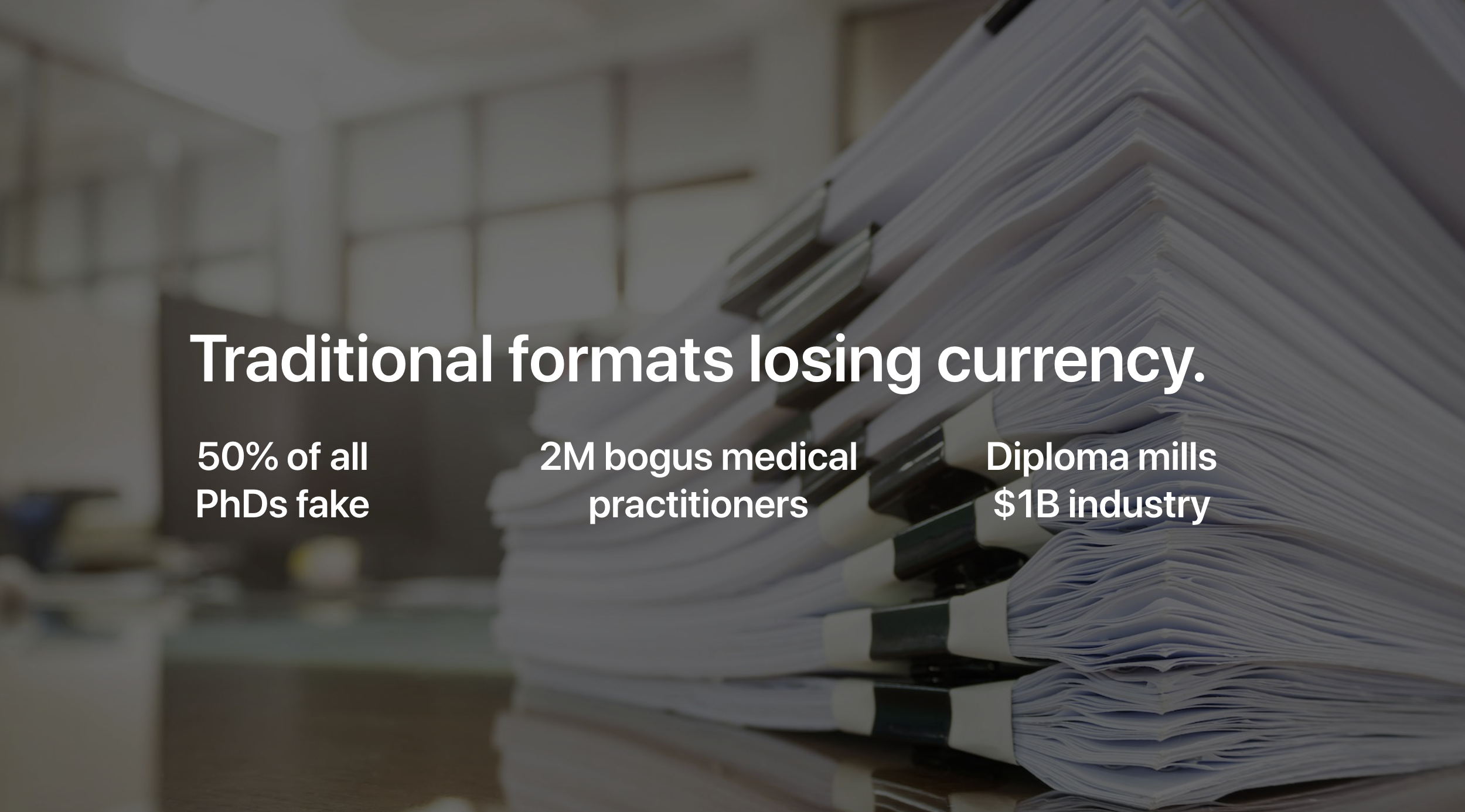
Former FBI agent Allen Ezell, and John Bear, Ph.D., have written a book that focuses on corruption within academic credentialing titled, “Degree Mills: The Billion-Dollar Industry That Has Sold Over a Million Fake Diplomas,” a book that will crumple any belief which maintains trust in traditional formats.
Of course, loss of trust in these formats has resulted in byzantine processes for the transmission and verification of records that is inconvenient and expensive for everyone involved. This is why MIT and Learning Machine started working together in 2016, to make a new kind of digital record that restores trust in credentials like academic records. The result was launching Blockcerts.org — the open standard for securing digital records by using a blockchain as a global notary system to verify authenticity. The goal of this resource is to provide people with the ability to store their own records and use them directly in the world when they see fit. Further, relying parties can use the open-source verifier to instantly check these credentials, a process that generates a hash of the local document and compares it to a hash on the blockchain. When everything matches, and it has not expired or been revoked, the credential is verified.
EDUCAUSE
Blockcerts was publicly announced at EDUCAUSE in 2016 to an immense room of attendees consisting of CIOs, Registrars, and IT professionals — a presentation which, over the last two years, kicked off a wave of experimentation, press, and interest for using blockchains as a new infrastructure of trust.
Further, MIT has been using the Learning Machine Issuing System to issue official diplomas as Blockcerts to graduates at all levels across the Institute. This October we returned EDUCAUSE 2018 with Mary Callahan, MIT Registrar, to share a progress report on issuing blockchain-based digital diplomas to graduates over the last year and half.
Chris Jagers, Learning Machine CEO, kicked off the presentation by talking about the power of open standards as well as explaining the technology behind public decentralized blockchains. Driven by inclusion, security, and trust across borders, open decentralized blockchains provide a new public infrastructure similar to the Internet — a network not controlled by any company or government.
Mary Callahan, Senior Associate Dean and MIT Registrar, followed by presenting a summary of experience and data from issuing digital diplomas over the last year, all of which was organized by four core motivations: to empower students with ownership, reduce fraud, increase immediacy of information, and to help students build a lifelong portfolio of credentials.
The presentation was followed by a variety of questions, including how to future-proof these digital records. This brought the conversation back to Blockcerts, because open standards are the best way to be prepared for an unknown technology future. While proprietary formats may sometimes gain quick adoption, they get wiped out when open standards take hold and begin to grow.
Ultimately digital records should be trustworthy, recipient owned, and vendor independent. If your institution is interested in becoming an issuer of these digital records, we would love to talk with you.
